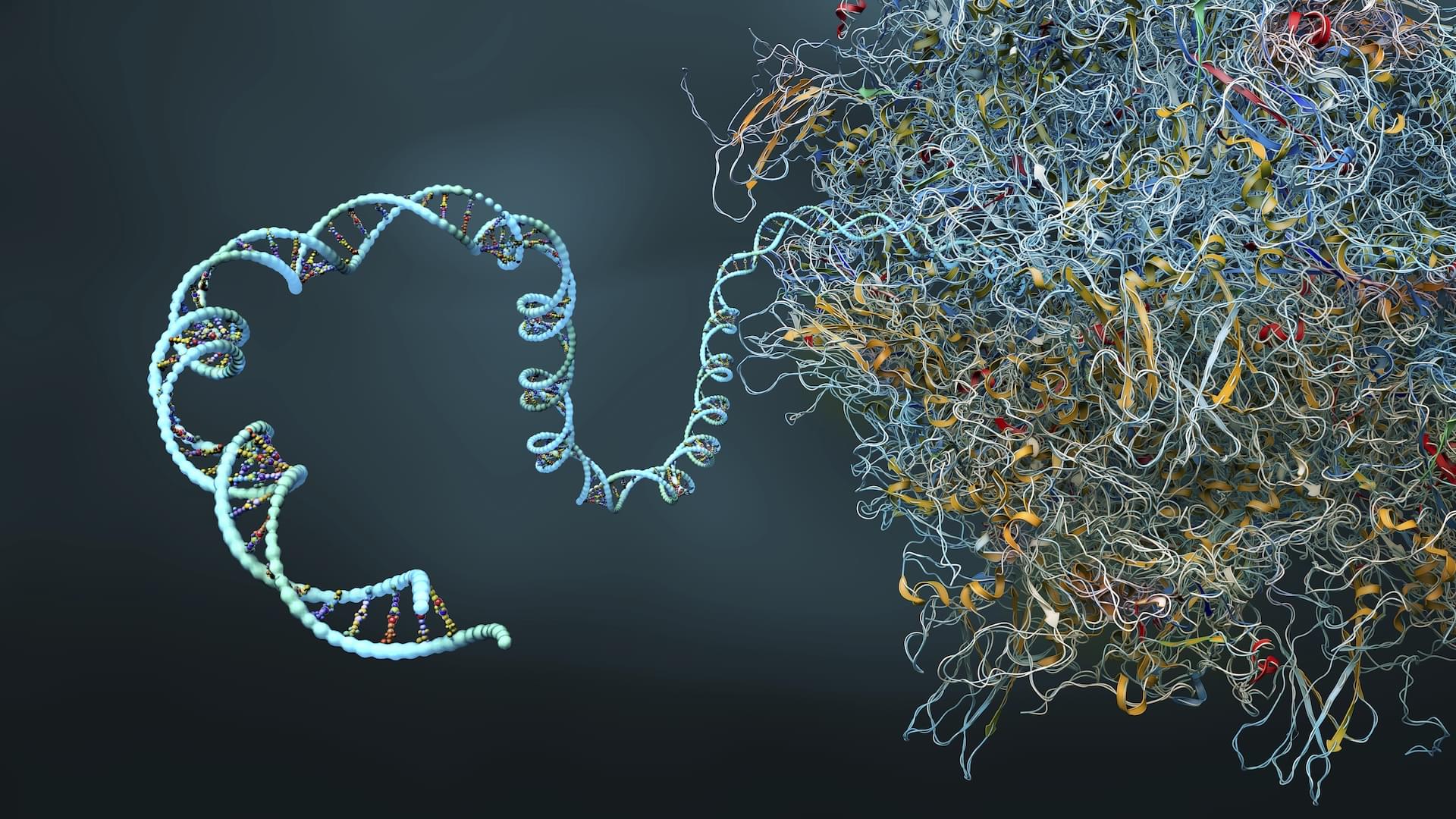IN A NUTSHELL 🚀 Nexus aims to democratize access to advanced computing with its groundbreaking capabilities. 🔬 The supercomputer is set to revolutionize scientific research with over 400 quadrillion operations per second. 🌍 Nexus’s accessibility philosophy ensures researchers nationwide can utilize its powerful AI tools. 🔗 Georgia Tech collaborates with the University of Illinois for









